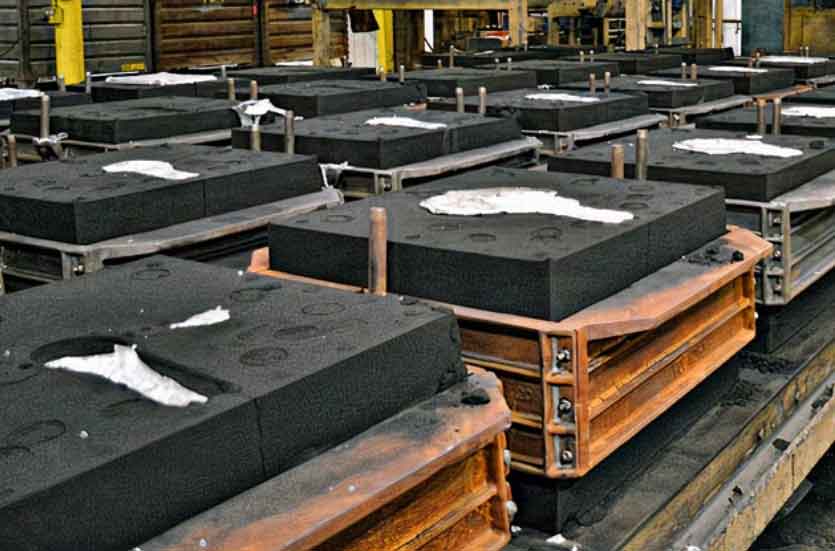
Resin sand casting is widely used in the automotive industry for the production of various components. Here are some common applications of resin sand casting in automotive component production:
1. Engine Blocks:
Engine blocks are a critical component of automotive engines. Resin sand casting allows for the production of engine blocks with intricate cooling passages, precise cylinder bores, and complex internal features. The process enables the creation of engine blocks that can withstand high temperatures, pressures, and mechanical stresses.
2. Cylinder Heads:
Cylinder heads house the combustion chambers and valves in an engine. Resin sand casting is used to produce cylinder heads with precise valve seats, intricate cooling channels, and accurate combustion chamber geometries. The process ensures the production of cylinder heads that deliver optimal performance, durability, and heat dissipation.
3. Transmission Housings:
Resin sand casting is employed in the production of transmission housings, which house various transmission components. The process allows for the creation of transmission housings with complex shapes, precise mating surfaces, and integral mounting points. Resin sand casting ensures the production of transmission housings that can withstand the high loads and vibrations associated with transmission operation.
4. Differential Housings:
Differential housings are crucial components in the drivetrain system of automobiles. Resin sand casting is utilized to manufacture differential housings with precise gear mounting surfaces, accurate bearing bores, and intricate internal passages. The process ensures the production of differential housings that deliver reliable performance and durability.
5. Intake Manifolds:
Intake manifolds distribute air or air-fuel mixture to the cylinders in an engine. Resin sand casting enables the production of intake manifolds with intricate internal passages, precise flange connections, and optimal flow characteristics. The process allows for the creation of intake manifolds that enhance engine performance and fuel efficiency.
6. Exhaust Manifolds:
Exhaust manifolds collect and guide exhaust gases from the engine cylinders to the exhaust system. Resin sand casting is used to manufacture exhaust manifolds with precise runner shapes, accurate mounting flanges, and thermal resistance. The process ensures the production of exhaust manifolds that optimize exhaust gas flow, minimize backpressure, and enhance engine performance.
7. Suspension Components:
Resin sand casting is employed in the production of various suspension components, including control arms, knuckles, and brackets. The process allows for the creation of suspension components with complex geometries, accurate mounting points, and high strength. Resin sand casting ensures the production of suspension components that deliver reliable performance, durability, and impact resistance.
These are just a few examples of how resin sand casting is used in automotive component production. The process’s ability to create complex shapes, intricate details, and high-quality components makes it suitable for various automotive applications. Resin sand casting offers automotive manufacturers a cost-effective solution for producing critical components that meet stringent quality standards and performance requirements.
